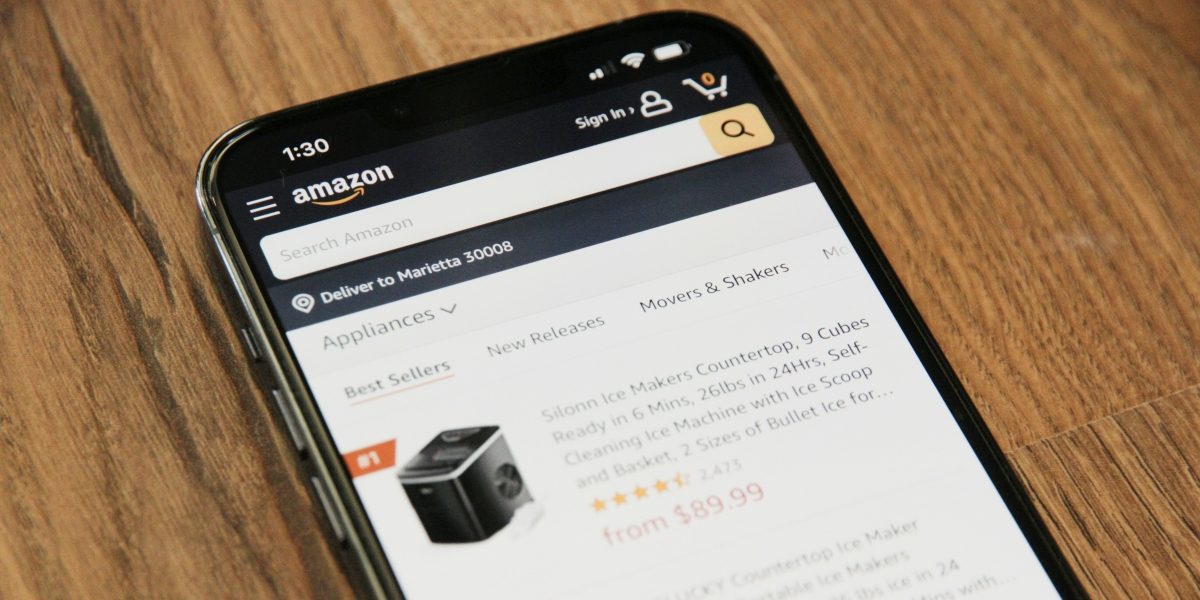Driving high-quality traffic to your Amazon listings is arguably one of the most important aspects of selling successfully on the world’s largest e-commerce platform. Without a steady flow of interested shoppers, even the most polished product page risks being overlooked. More visitors tend to lead to higher ranking, better conversions, and potentially greater revenue, making traffic generation a key area of focus for most sellers.
In this guide, we’ll dive into the four key levers you can pull to help increase your Amazon traffic: on-page optimization, compelling visuals & content, strategic promotions & advertising, and external traffic channels. By understanding and applying these tactics in harmony, you’ll put yourself in a strong position to build a steady stream of shoppers inclined to click “Add to Cart.”
Keyword Optimization
Effective keyword optimization starts with thorough and thoughtful research. Begin by using Amazon Auto-suggest: type your main product term into the search bar and note every suggested completion—these are real queries buyers use. Then layer in third-party tools like Helium 10, Jungle Scout, or MerchantWords to uncover search volume, competition data, and hidden keyword opportunities. If you’d like to explore further, check out this detailed guide to improve product visibility and search rankings on Trivium’s blog. Together, these sources give you a comprehensive list of high-value terms to target.
Once you’ve assembled your keyword universe, focus on on-page placement. Craft your Title to include your top one or two keywords naturally—this is the first place Amazon’s A9 algorithm looks. In your bullet points, weave in secondary keywords while emphasizing product benefits and features in clear, scannable sentences. Don’t forget your backend search terms: use all available space to add relevant synonyms, alternate spellings, and long-tail phrases that didn’t fit in your visible copy.
Finally, tap into long-tail & seasonal queries for additional visibility opportunities. Long-tail keywords—more specific, multi-word phrases—often have lower competition and higher buyer intent (e.g., “adjustable ergonomic office chair”). Seasonal terms (like “holiday gift set” or “summer essentials”) can also deliver bursts of traffic if you update your listing in sync with shopping trends. By continually monitoring these niche queries and refreshing your content, you’ll boost your chances of reaching both steady and time-sensitive demand.
Listing Content & Design
Your listing’s visual appeal is often the first thing shoppers notice, so prioritize high-quality images. Start with a hero shot against a clean white background that clearly shows your product. Follow up with infographics that highlight key features—such as dimensions, materials, or unique selling points—and finish with lifestyle images that demonstrate real-world use, helping customers visualize your item in their lives.
If you’re a brand-registered seller, leverage Enhanced Brand Content (EBC) or A+ Content to add depth to your listing. Use this space to communicate your brand’s mission, origin story, or manufacturing process. Embed trust signals like awards, certifications, or “as seen in” badges. Well-designed EBC not only informs shoppers but can also contribute to lower bounce rates and improved conversions by building credibility.
Words still matter—so craft compelling copy that clearly communicates benefits. In your bullet points, lead with the most persuasive advantage (“Better posture support thanks to adjustable lumbar pad”) before drilling into features. In the product description, expand on how the features translate into real customer value. Use clear, benefit-focused language throughout to support the buyer’s decision-making process.
Pricing & Promotions
Maintaining competitive pricing is essential to win the Buy Box and appeal to price-conscious shoppers. Use monitoring & repricing tools (e.g., RepricerExpress, Seller Snap) to automatically adjust your prices in response to competitor moves and market demand, helping you stay in the sweet spot between profitability and competitiveness.
Running deals & coupons creates urgency and can lead to increased visibility. Schedule Lightning Deals during high-traffic events, offer coupons directly on your detail page, or enroll in Subscribe & Save to encourage repeat orders. These tactics not only attract a temporary spike in traffic but also tend to improve conversion rates by showcasing tangible value.
Leveraging bundles & variations may increase your average order value and simplify the shopping experience. Create cross-sell bundles (e.g., shampoo + conditioner set) or offer upsell variations (different sizes, colors, or add-on accessories) under one parent listing. This approach not only enhances discoverability through multiple keywords but also supports larger cart sizes and more efficient browsing.
Amazon Advertising
Investing in Sponsored Products & Brands is often one of the more effective ways to amplify traffic. Start by structuring your campaigns into themed ad groups—for example, cluster high-converting ASINs together or separate by targeting type. Allocate budget based on performance: put more spend behind your top keywords and ASINs that show strong ACoS. Regularly review your search term report to identify wasteful spend and keywords worth scaling.
When it comes to automatic vs. manual targeting, use both strategically. Automatic campaigns are useful for uncovering new, relevant search terms with minimal setup—let Amazon’s algorithm cast a wide net. Once you’ve gathered data, shift high-converting keywords into manual campaigns where you can control bids and match types. This two-step approach helps ensure you’re not overlooking valuable traffic sources while also fine-tuning your most productive terms.
To reach shoppers beyond Amazon’s search bar, explore Sponsored Display & Amazon DSP for retargeting. Sponsored Display enables you to re-engage visitors who viewed your product or similar items, while DSP places ads across third-party websites and apps. By serving personalized creatives to users who’ve already shown interest, you can recover some missed opportunities and nurture return traffic to your listings.
External Traffic Sources
Tapping into social media & influencers can expose your Amazon listings to new audiences. Partner with niche influencers whose followers align with your target market—have them showcase your product in authentic posts, Stories, or Reels, and include a direct link to your detail page. Use your own social channels to run shoppable posts or “swipe-up” links, helping convert passive views into purchase intent.
Leverage content marketing & SEO by creating helpful blog posts, tutorials, or YouTube unboxing videos featuring your product. Optimize each piece with relevant keywords and a clear call-to-action that directs readers or viewers to your Amazon page. Over time, these assets can rank in Google and YouTube search, bringing in consistent, organic traffic from outside Amazon.
Finally, build anticipation with email & affiliate partnerships. Use an email newsletter to tease upcoming launches or exclusive coupon codes, drawing loyal subscribers directly to your listings. At the same time, recruit affiliates—bloggers, review sites, or coupon portals—and equip them with unique tracking links. Their recommendations often contribute to increased awareness and measurable referral traffic that can be refined over time.
Social Proof & Reviews
Building social proof is important for converting curious visitors into confident buyers. Consider enrolling in Early Reviewer Programs or Amazon Vine to jumpstart your review count with verified feedback. These programs offer an opportunity to gather early impressions that help new shoppers feel more secure about their purchase.
When negative feedback arises, respond promptly and respectfully. Acknowledge the customer’s concern, offer a solution or replacement, and encourage them to update their review if satisfied. This open approach not only demonstrates accountability but also shows prospective buyers that you are attentive and customer-focused.
Encourage user-generated content (UGC) by asking satisfied customers to share real-world photos in the Q&A section or review area. Highlight top images in your Enhanced Brand Content or social media channels to showcase your product in action. Genuine visuals from real users enhance trust and can influence undecided shoppers to proceed with a purchase.

















